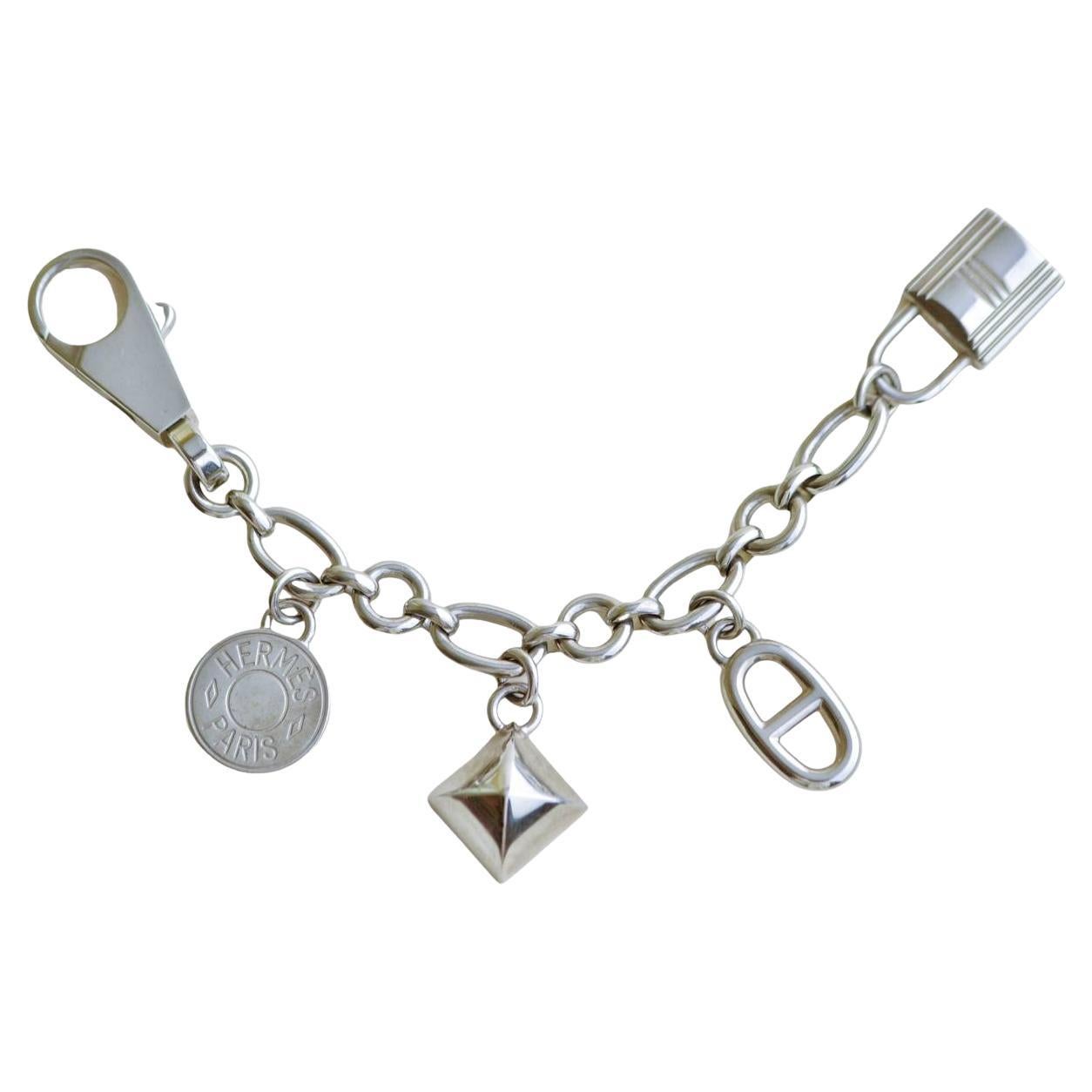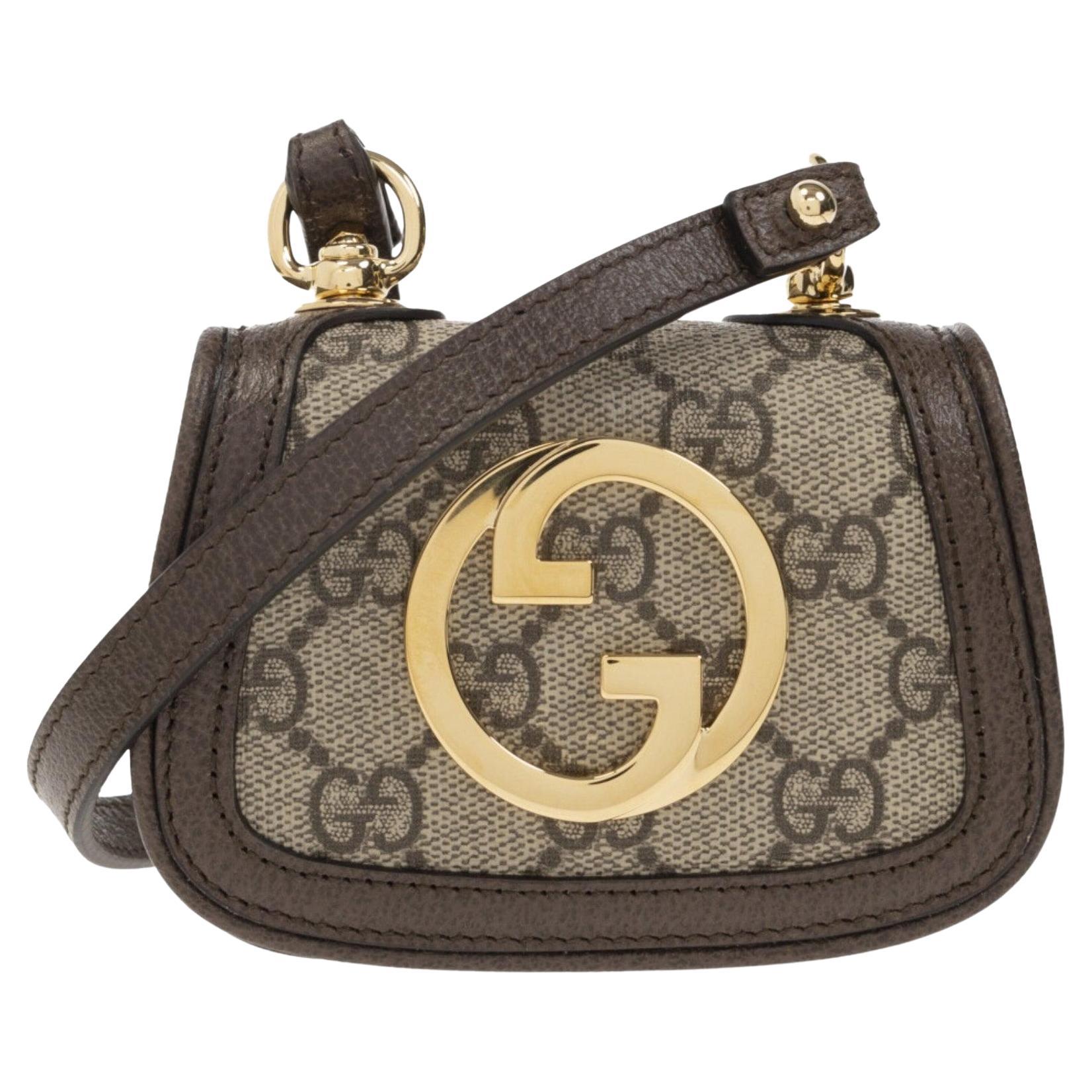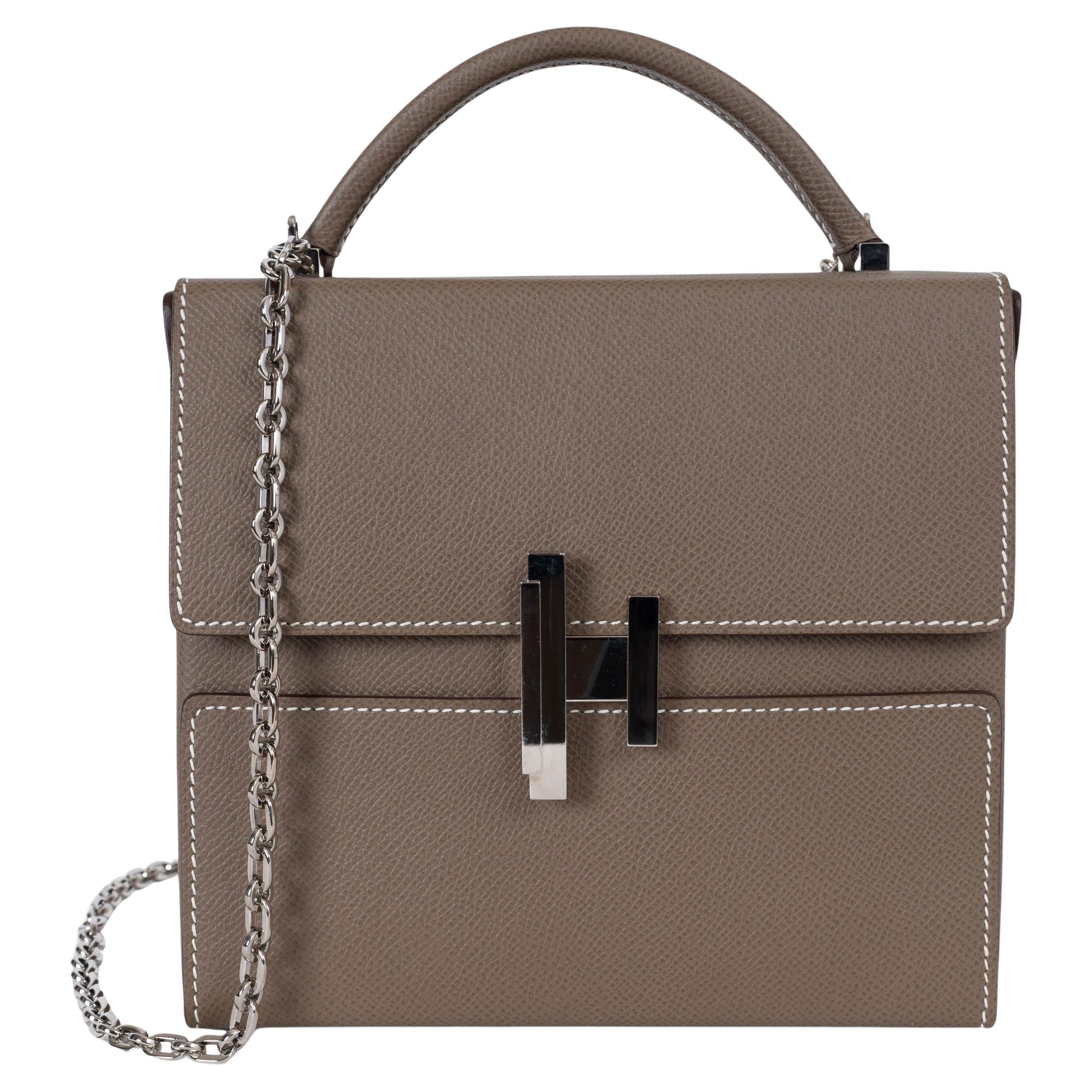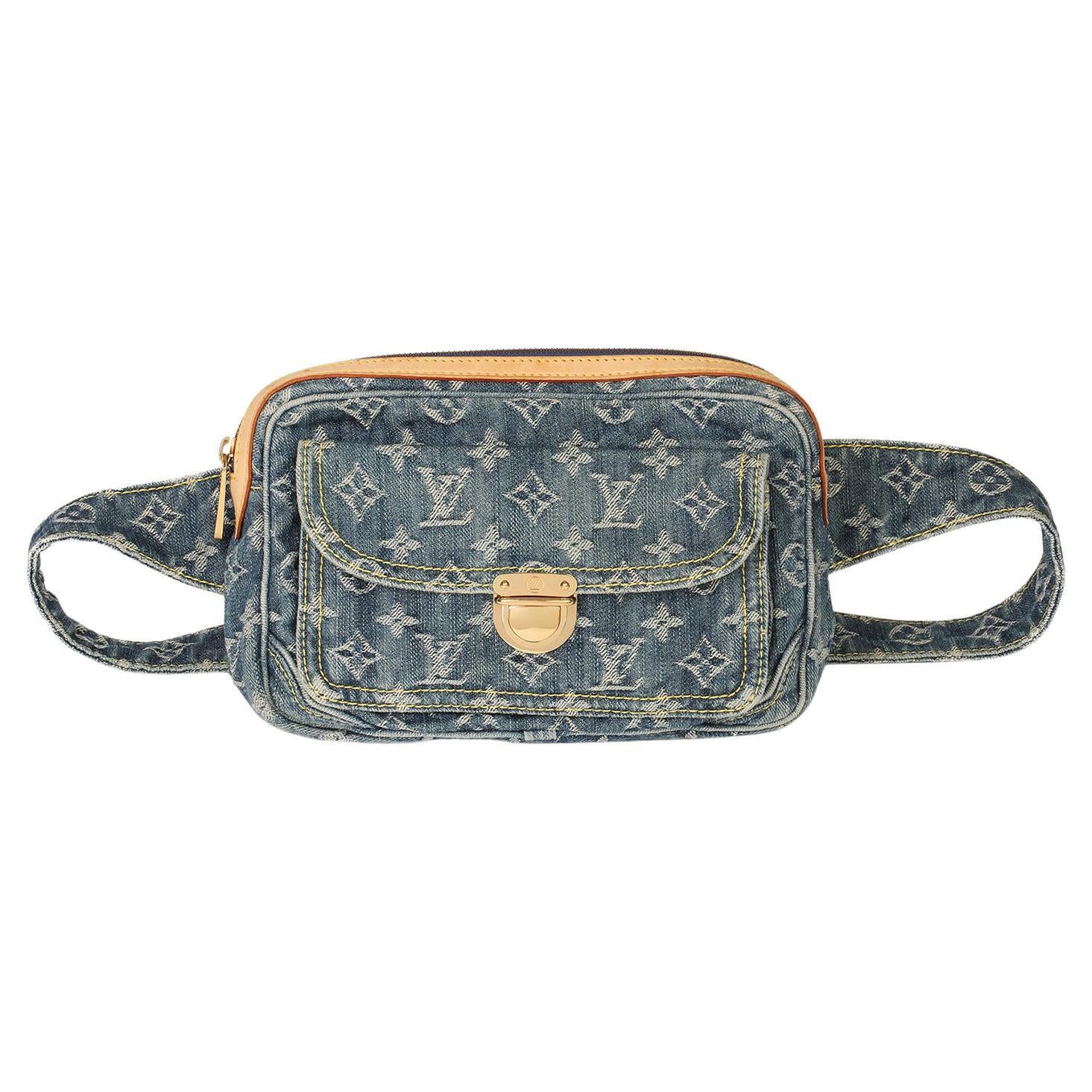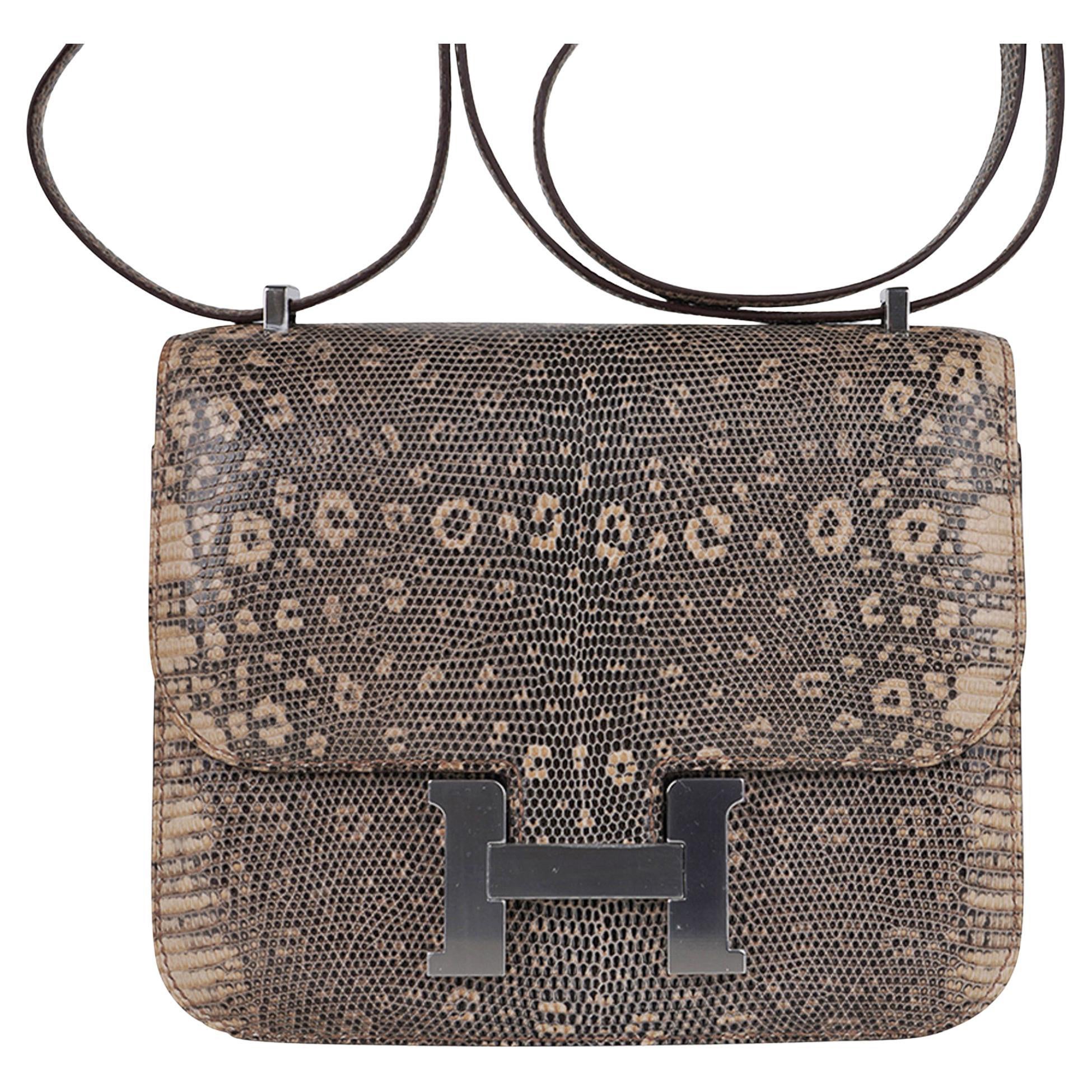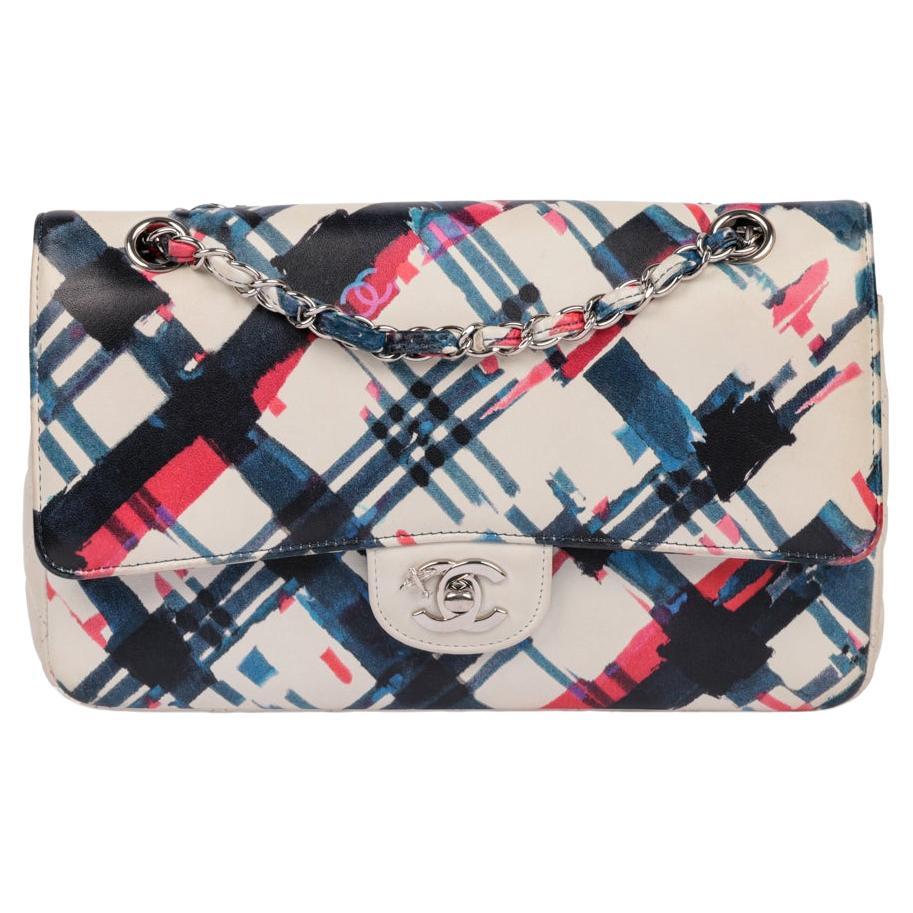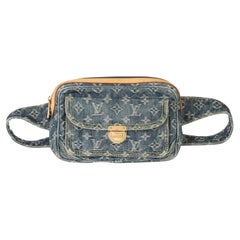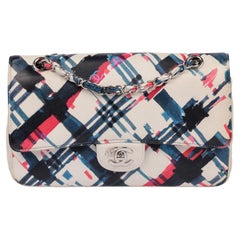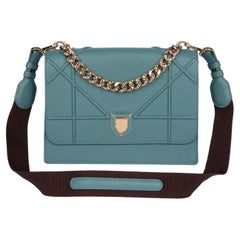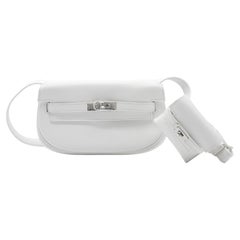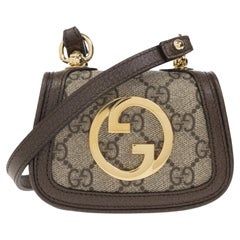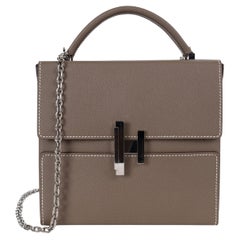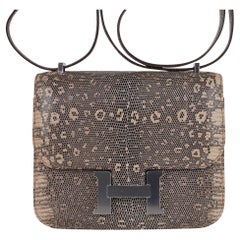Prada Black, Beige Embroidered Canvas & Black Saffiano Leather Mini Symbole
About the Item
- Designer:
- Brand:
- Dimensions:Height: 7.09 in (18 cm)Width: 6.7 in (17 cm)Depth: 2.76 in (7 cm)
- Place of Origin:
- Period:
- Condition:
- Seller Location:Bishop's Stortford, GB
- Reference Number:Seller: CB15211stDibs: LU170226972442
Prada
The House of Savoy coat of arms and knotted rope on Prada’s seal herald that the iconic Italian luxury fashion house was named Official Supplier to the Italian Royal Household in 1919. Started in 1913 by Mario Prada, the brand’s original shop in Milan’s Galleria Vittorio Emanuele II still has the mahogany shelves that displayed its early wares such as travel items and handbags. Today, these fine leather goods are joined by the clothing, wallets and other various accessories that keep the brand on the cutting edge of fashion.
When Mario Prada’s granddaughter, Miuccia Prada (b. 1949), inherited the business from her mother in the late 1970s, Prada was recognized for its quality craftsmanship, yet it was still a modest-sized company. Miuccia, an enthusiast of unconventional Italian filmmakers who’d earned a Ph.D. in political science, introduced the concept of using pocone — a military-grade water-resistant nylon that feels like silk.
Nylon revolutionized the fashion house’s business, with the first Prada nylon backpack released to universal acclaim in 1984. Soon the durable, water-resistant material was incorporated into Prada’s ready-to-wear collections for both men and women. No one had previously considered nylon a part of luxury fashion, and it wasn’t long before the family-owned company best known for its luggage was leading modern style that emphasized function as much as form.
Characterized by clean lines and a refined elegance that signaled the new direction of the legacy brand, Miuccia Prada debuted her first ready-to-wear collection for women in Fall/Winter 1988. More inventive fashion would follow in the ensuing years, such as the 1993 launch of the more affordable, more playful Miu Miu line, which was aimed at a younger audience, and the introduction of Prada Sport in 1997 — a collection now widely seen as prescient for its embrace of athleisure.
Prada has regularly gone against the grain to elevate styles that have long been out of fashion. In 1996, there were dresses and skirts in clashing patterns and muted earth tones that seemed flat and outdated, all worn with chunky high wedge sandals. Fanny packs followed three years later, and elaborate lace in 2008. Each season continues to bring new eye-catching innovations for the historic brand, including enhanced attention to sustainability with Prada Re-Nylon, a new line of bags created from recycled ocean plastic.
Today, find a wide variety of vintage Prada evening dresses, bags and other items on 1stDibs.
Chanel
In the years following the opening of her modest millinery shop, Gabrielle "Coco" Chanel became a pivotal designer of both fashionable casual wear and Paris haute couture as well as an icon and arbiter of 20th-century style with her bob haircut and pearls. Today vintage Chanel handbags, jackets and evening dresses are among the most sought-after clothing and accessories for fashion lovers all over the world.
The first Chanel shop was established in 1910 in Paris on rue Cambon by the young milliner Gabrielle Chanel (1883–1971), who had picked up the nickname “Coco” while working as a club singer. The boutique drew the attention of the Parisian fashion elite who popularized her wide-brimmed Chanel Modes hats. Soon she added a sportswear store in the Normandy resort town of Deauville, where Coco set the tone for her defining sense of style — traditionally masculine garments reimagined for feminine shapes, made from simple jersey fabric.
Effortless and elegant, Chanel's designs promoted comfort and grace in women’s wear that had been dominated in the previous century by complicated layers of fabric and cumbersome corsets. She followed this success with a couture house, opened in 1915 in Biarritz.
But Chanel was not born into a life of glamour. Following the death of her mother, her father left her in an orphanage where she lived until the age of 18. It was there that she learned to sew as well as appreciate the classic pairing of black and white as worn by the nuns.
In 1926, Chanel introduced her first little black dress, reclaiming a color that had once been reserved for mourning and working-class women. That same decade, she debuted her perfume, Chanel No. 5, as well as the Chanel suit with a fitted skirt, inspired by the boxy lines of men’s clothing and employing a sporty tweed.
Chanel closed her fashion operations during World War II, then returned to the industry in 1954 to design for the functional needs of modern women.
Structure and wearability endured in all of Chanel’s clothing and accessories, like the quilted leather 2.55 handbag — a 1955 update of a 1920s-era design — with its gold-chain shoulder strap that freed up a woman’s hands. The 1957 two-tone slingback pumps had a practical heel height while offering a bold statement in the black tip of the shoes. Her collarless jacket reacted against the constricting styles of Christian Dior's New Look, replacing them with a design that was timeless, an instant classic.
After Coco Chanel died in 1971, the brand underwent several changes in leadership, including fashion designer Karl Lagerfeld, who took over as artistic director in 1983. His collections for Chanel displayed his knack for synthesizing old and new, high and low. Lagerfeld revived Chanel ballet flats and thoroughly embraced the classic logo's interlocking CCs, which took the form of a clasp featured on so many of the rare Chanel bags that are much sought after today.
Vintage Karl Lagerfeld designs for Chanel dresses, coats and other clothing of the 1980s, '90s and 2000s riffed on its iconography, accenting a lexicon of Chanel-isms with tastes of the moment. And as the 1990s have become associated with styles adopted by today’s supermodels and influencers, vintage Chanel bags of the 1990s are among the most prized of the brand’s offerings.
Over the years, the company has continued to innovate, such as expanding into ready-to-wear fashion in 1978 and, in 2002, establishing a subsidiary company — Paraffection — dedicated to preserving the heritage skills of fashion artisan workshops. The House of Chanel still operates its flagship on rue Cambon in Paris, where it all began.
Browse vintage Chanel bags, evening dresses, shoes, jewelry and other clothing and accessories on 1stDibs.
- ShippingRetrieving quote...Shipping from: Bishop's Stortford, United Kingdom
- Return Policy
